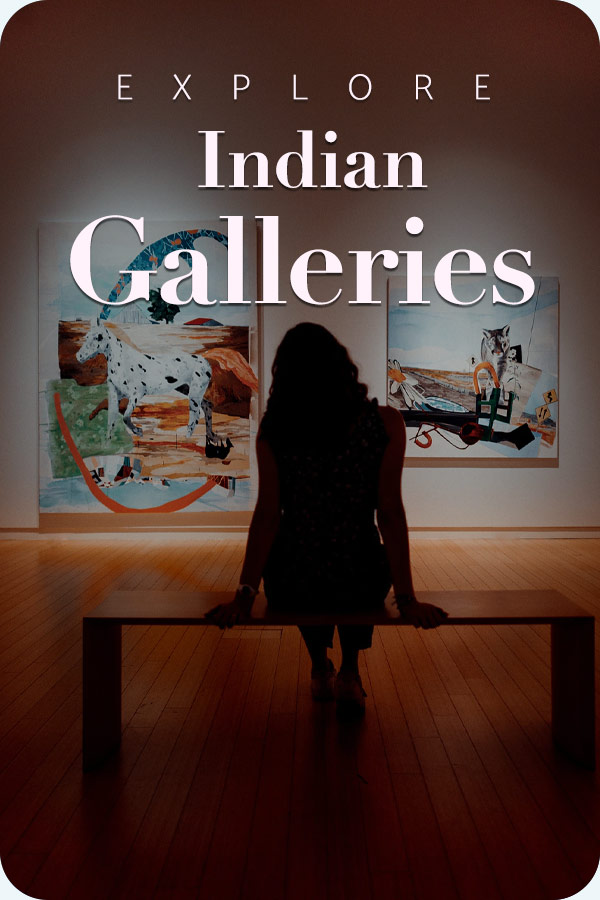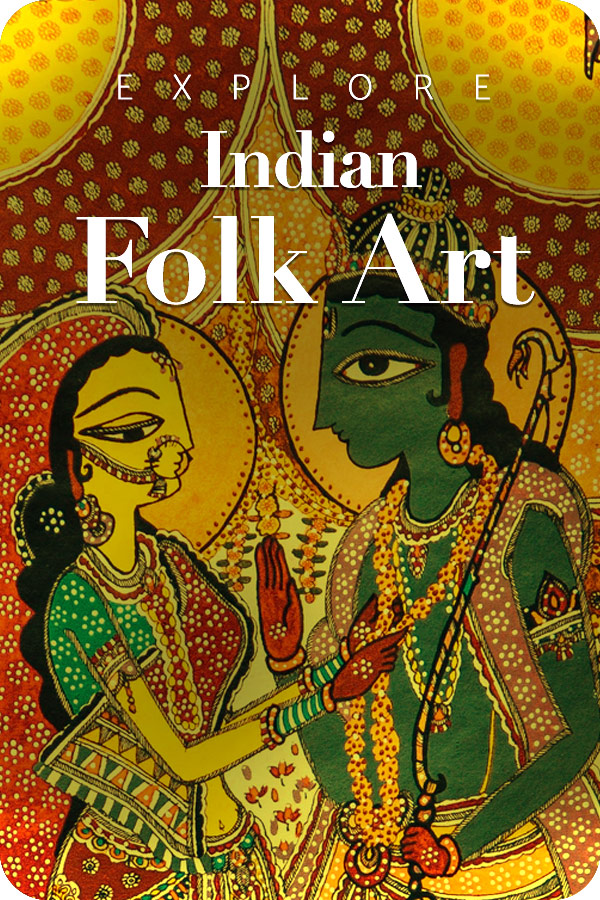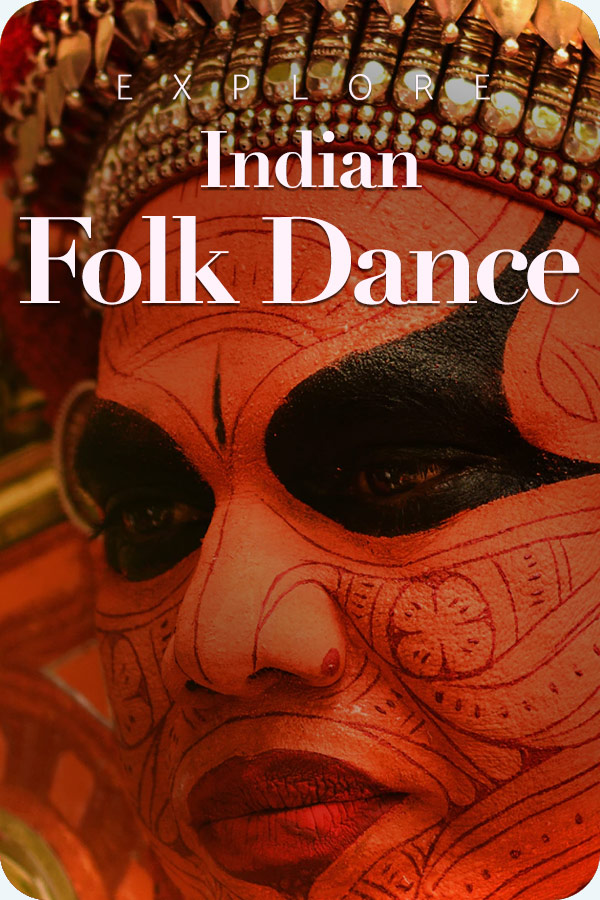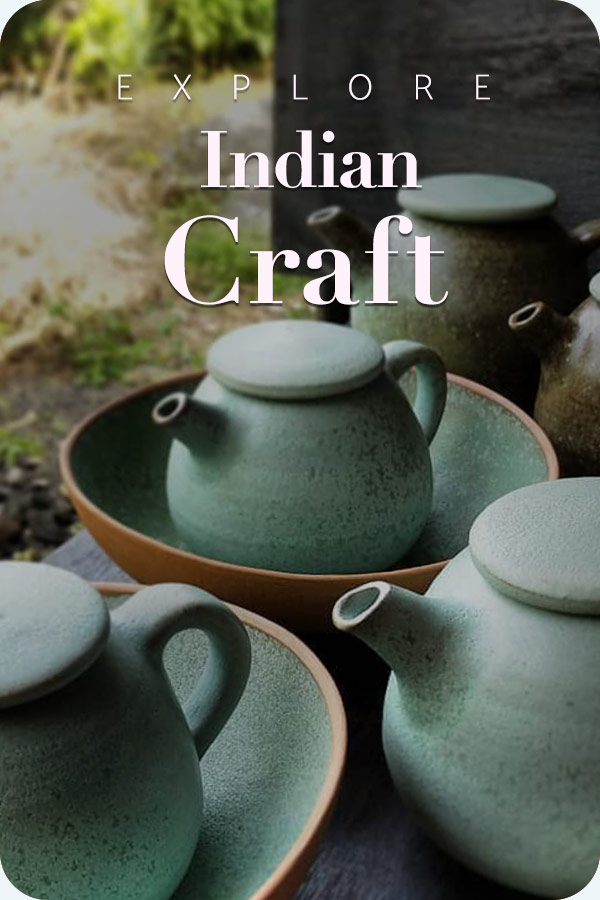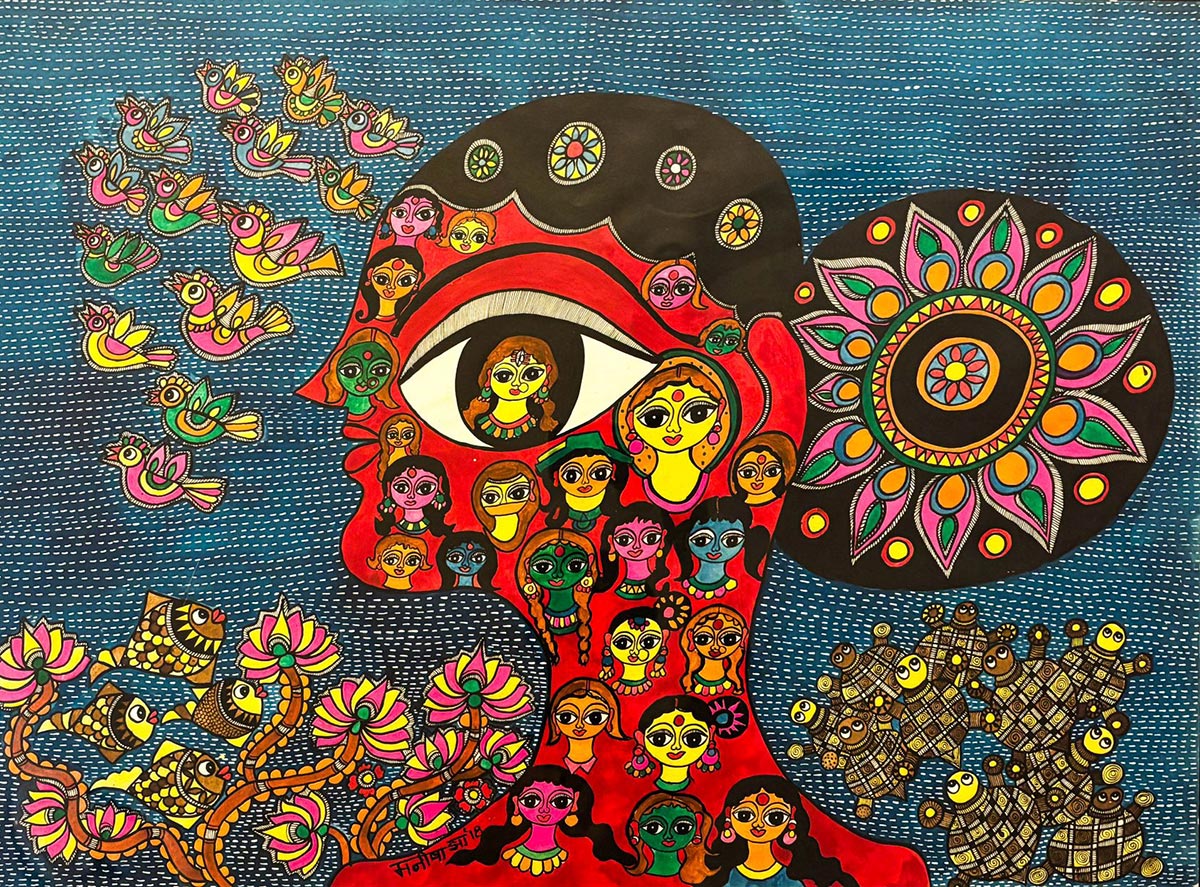
Delhi is all set to witness another mindblowing exhibition at the Main Art Gallery, Bikaner House, New Delhi. This time it’s the Art Tree’s groundbreaking exhibition “VAMA – The Strength Within”. From September 27 to October 1, 2025, this exhibition will be available for the public and art enthusiasts alike. It is going to be in line with the auspicious period of Navratri, while providing an ode to Stree Shakti, or the divine feminine power, through some of India’s most beloved folk and tribal art traditions.

Eighteen women artists will be featured, showcasing more than 10 traditional art forms, including Madhubani, Warli, Gond, Chamba Rumaal, Sohrai, Pattachitra, Cheriyal, Mandana, Bhil and Phulkari. These artists are masters of their craft, the majority having been recognised with Padma Shri and National Awards. They are guardians and innovators of India’s cultural heritage.
| Event Highlights | Details |
|---|---|
| Exhibition Title | VAMA – The Strength Within |
| Dates | 27 September to 1 October 2025 |
| Timings | 11:00 AM to 7:00 PM daily |
| Venue | The Main Art Gallery, Bikaner House, New Delhi |
| Theme | Celebrating Stree Shakti during Navratri |
| Format | All-women exhibition showcasing works of 18 artists |
| Art Styles | Gond, Madhubani, Warli, Cheriyal, Bhil, Chamba Rumaal, Sohrai, Pattachitra, Mandana, Phulkari |
| Presented by | Art Tree |
The Significance of Stree Shakti in Indian Culture
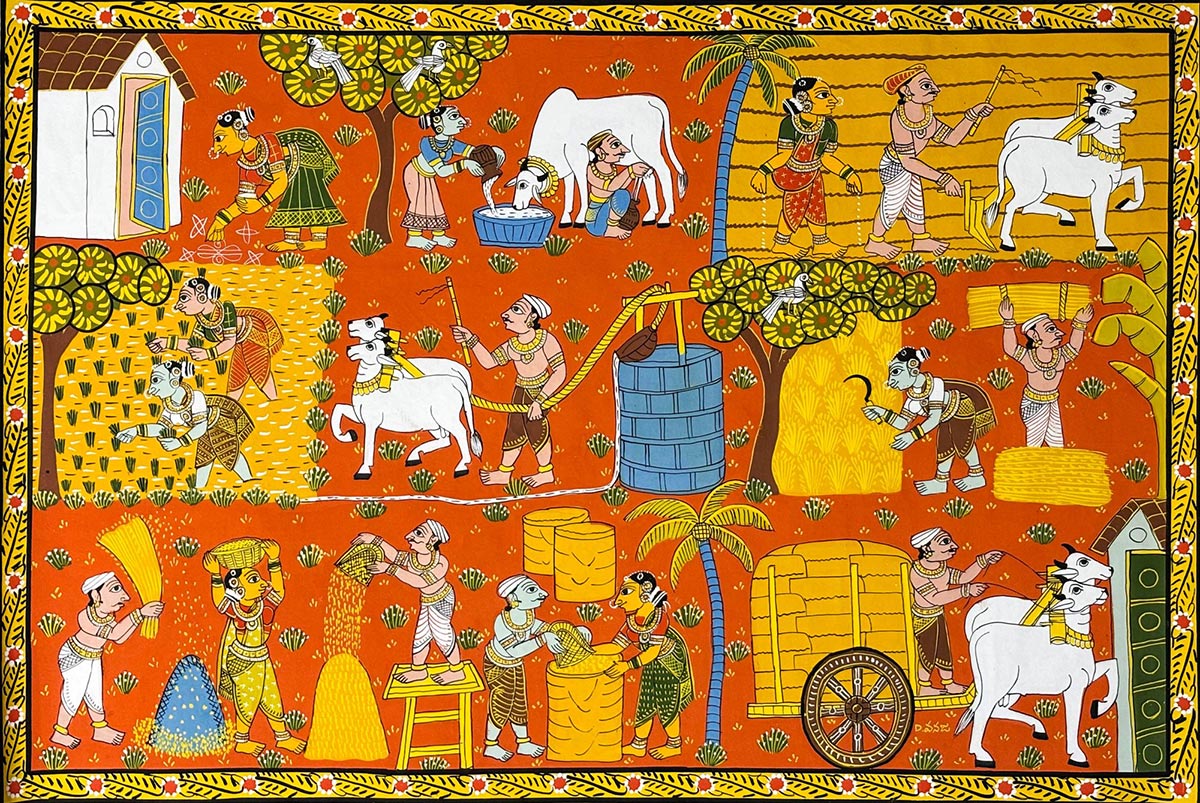
The idea of Stree Shakti is beautifully revered in the Indian philosophy and culture. ‘Shakti’ is described as the feminine divine energy that forms the basis of and sustains all existence. The exhibition is centred around this theme.
As Ms Pragati Agarwal, Founding and Managing Director of Art Tree, eloquently expresses this connection by saying, “Women have long been the silent torchbearers of indigenous art in India—transmitting knowledge, techniques, and stories through generations. Their contributions, though foundational, often remain overlooked. Through VAMA, we celebrate their talent, resilience, and artistic integrity. Many of these women have overcome deep socio-cultural barriers to emerge as pioneers in their fields. This exhibition is our tribute to their journeys, their triumphs, and the vibrant spirit of Shakti that they embody.”
Celebrating National Award Winners and Master Artists
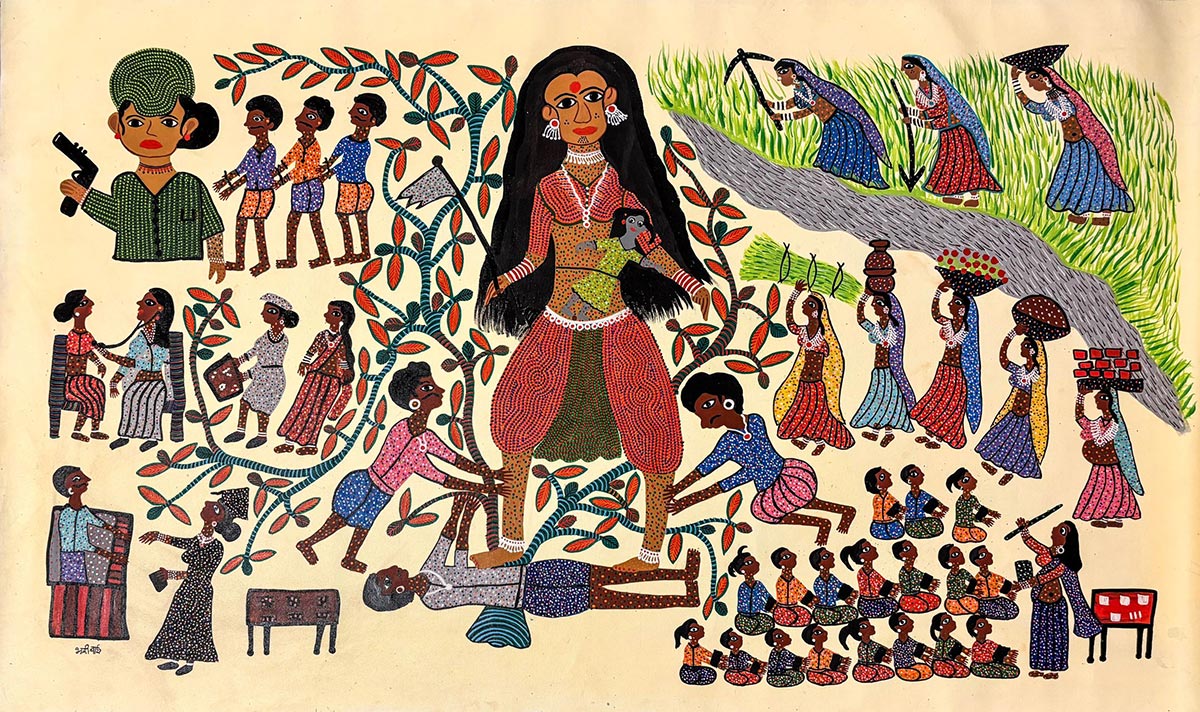
The artists that are a part of this exhibition include several Padma Shri and National Award-winning artists engaging with narratives about resilience, change, and divine feminine energy. Some of these highly regarded artists are featured in the show, including:
| Artist Name | Art Form | Recognition |
|---|---|---|
| Durga Bai & Nankusia Bai | Gond | National Award Winners |
| Gangu Bai, Lado Bai & Bhuri Bai | Bhil | Padma Shri Recipients |
| Anita Kumari | Chamba Rumaal | Master Artist |
| Juliet (Hazari Bagh Trust) | Sohrai-Ledra | Traditional Specialist |
| Swarna & Kalpana Chitrakar | Pattachitra | Heritage Artists |
| Vidya Devi | Mandana | Folk Art Expert |
| Manisha Jha, Urmila Devi & Chandrakala Devi | Madhubani | National Recognition |
| Mamta & Shushti Bongya | Warli | Tribal Art Masters |
| D. Vanaja & D. Padma | Cheriyal | Traditional Scrolls |
| Kiran & Veerpal | Phulkari | Embroidery Specialists |
The Variety of Indian Folk Art Forms
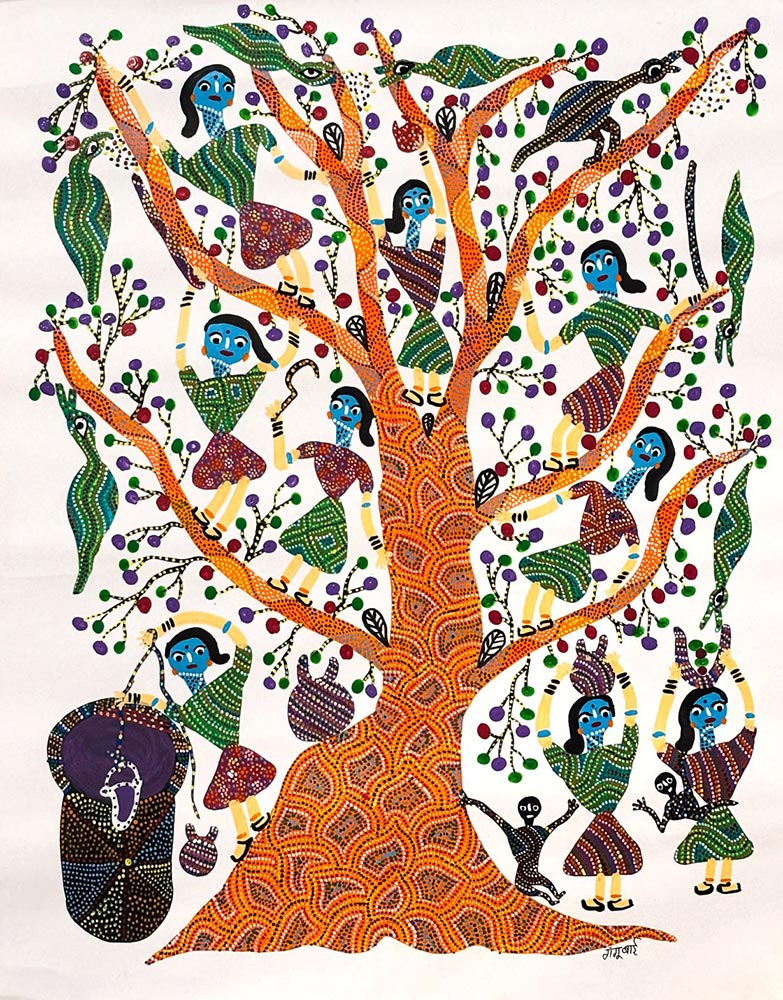
The folk art forms represented in VAMA encompass a very broad range of India’s cultural heritage, each with its own meaning and telling stories:
- Madhubani painting of Bihar: natural dyes and pigments are used to create complex designs that depict different mythological stories and scenes from everyday life. Madhubani painting has distinctive thick lines and bright colours.
- Warli art of Maharashtra: simple geometric shapes are employed to represent humans and animals. Warli art of Maharashtra is applied on mud walls using traditional rice paste.
- Gond art of Madhya Pradesh: presents tribal cosmology through complex dot presentations, with intricate colours and details derived from folklore and tribal myths.
- Pattachittra tradition of Odisha: it is a family tradition of collaborative art with a continuous line of practice for over a 1000 years. In this tradition, women prepare large pieces of reversible canvas and colored paints while master artists do the chaukhandis and drawings.
- Sohrai art in Jharkhand: it is predominantly created by women. It is produced with natural pigments painted on mud walls to commemorate harvest festivals. The imagery in Sohrai art represents particular animals of the region.
- The Cheriyal scroll painting from Telangana: it is known to be storytelling-based, highlighting the distinctive use of bright colours blended with the specific art form to engage in narratives through visuals.
- The Mandana painting from Rajasthan: it is usually created by women with this natural pigment in twig brushes, and is done for decorating a courtyard for certain seasonal festivals.
- The Phulkari type of embroidery from Punjab: it shows traditions of needlework where floral designs and patterns are stylised by women.
- Chamba Rumaal: it shows the types of fine embroidery from Himachal Pradesh.
- Bhil art: it represents unique, tribal painting traditions, steeped in culture.
These art forms demonstrate that women have been the principal custodians of cultural knowledge because, with their creativity and imagination, they can retain and communicate traditional details, spiritual beliefs, and community values for generations.
The Cultural Context of Navratri and Women Artists
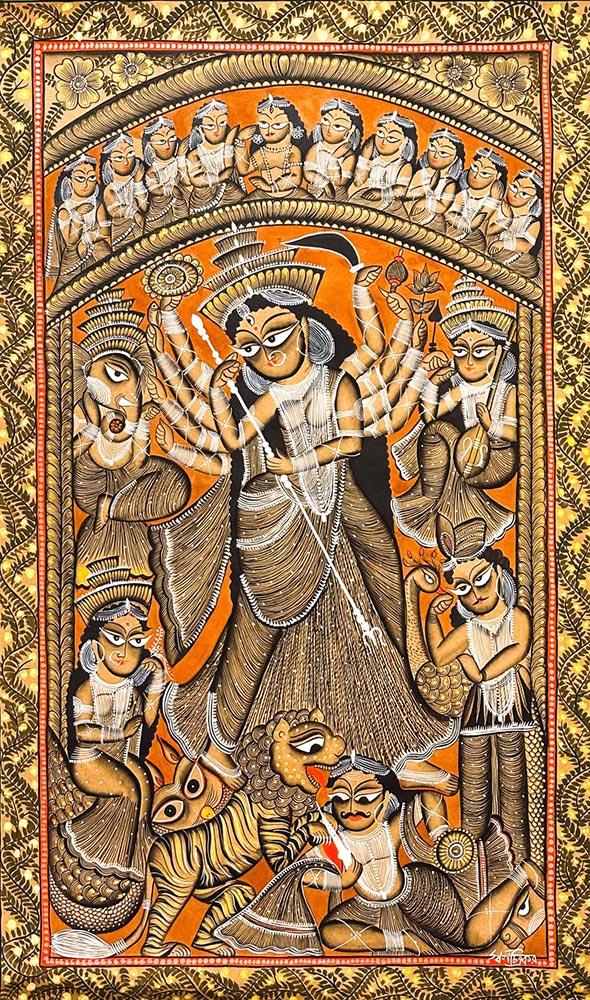
The emphasis on Stree Shakti of Navratri is in direct relationship with the mission of this exhibition, which is to elevate woman artists who exhibit that energy and strength in their artwork. Just as Navratri honours the divine feminine as it is described by its different forms of goddess, VAMA is a celebration of the earthly forms of that power through the artwork of these strong women artists. Observers of this holy time will celebrate different characteristics of the goddess:
- Shailputri (strength and stability)
- Brahmacharini (devotion and penance)
- Chandraghanta (courage and serenity)
- Kushmanda (universal energy)
- Skandamata (motherhood and protection)
- Katyayani (fierce power)
- Kalaratri (protection and fearlessness)
- Mahagauri (purity and grace)
- Siddhidatri (wisdom and spiritual fulfilment)
Mission and Vision of Art Tree

Art Tree has been a committed space for the advancement and celebration of traditional and contemporary art of India for more than a decade. The organisation promotes awareness of India’s artistic traditions through curated exhibitions, educational workshops, symposiums, and other community engagement sources, availing itself as an opportunity for the development of new artists and exhibiting established artists.
The second exciting reason, as noted before, is the venue itself, Bikaner House – Delhi’s historical landmark, which is now one of the leading venues for cultural exhibitions and showcases of the arts. The Main Art Gallery of the space is an ideal setting for viewers to engage with the immersive stories created by each of the women artists in response to ‘engagements’ with the rich heritage of folk traditions in India.
The Contemporary Relevance of Traditional Art
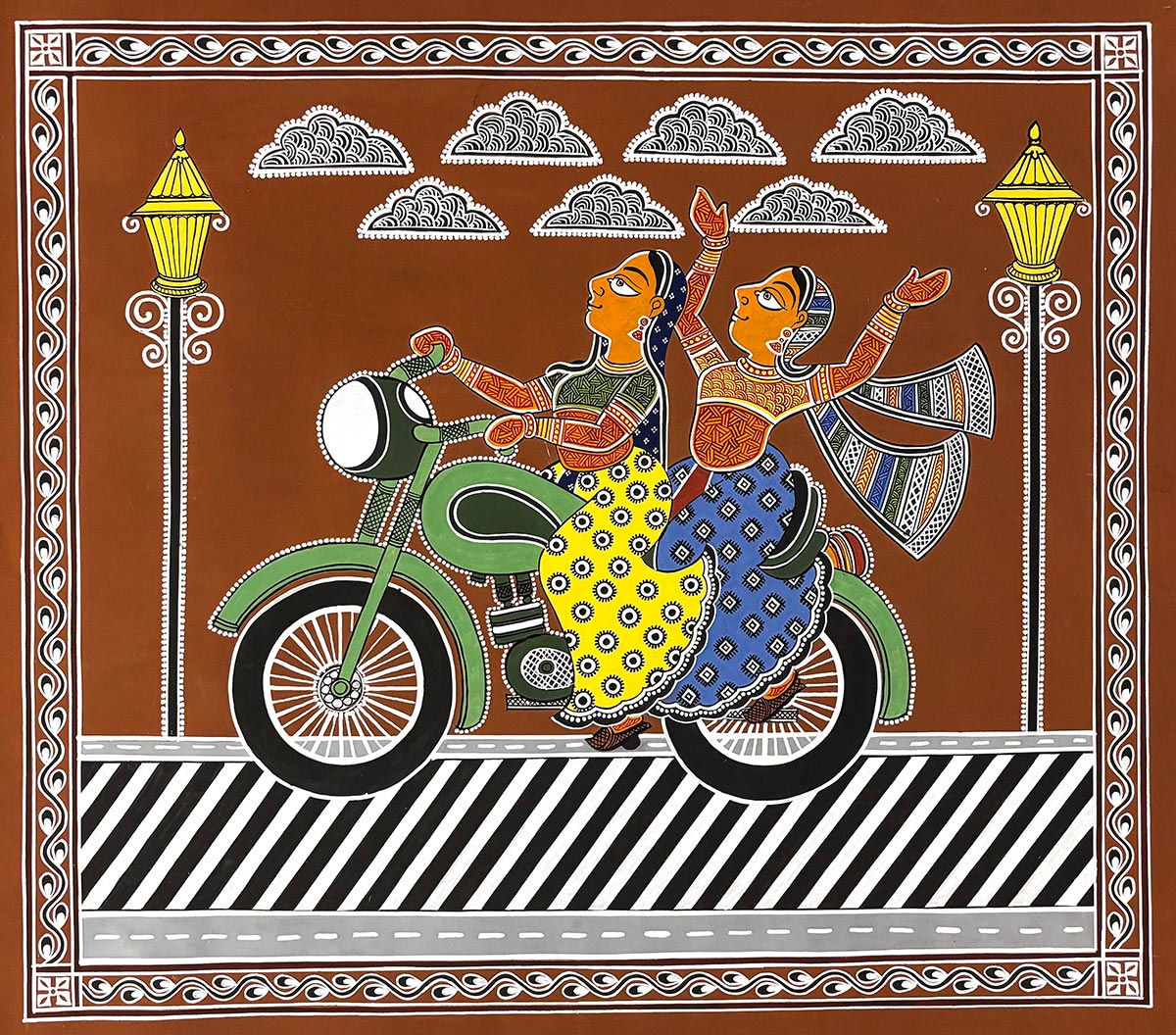
VAMA – The Strength Within goes beyond an art exhibit. It goes beyond to serve as a connection between India’s traditional art history and modern cultural awareness. The exhibition is set to illustrate the women artists from around the country, working for both women’s empowerment as well as the promotion of traditional and folk art. As visitors take a walk through the exhibition, they will find themselves surrounded not only by beautiful artworks but also by cultural stories of creativity, resilience, and preservation of culture. VAMA – The Strength Within pays tribute to the exercise of the enduring power of women’s conceptual thinking with art, and a recognition of women’s role in sustaining India’s rich cultural vibrancy.
The exhibition will be open daily from 11 AM to 7 PM during the exhibition so that art lovers, art scholars, and the general public have ample opportunity to experience these traditions, and to mark our place of strength as part of India’s artistic heritage.



